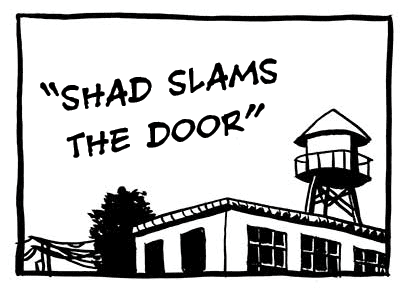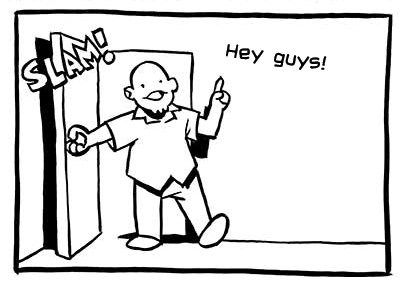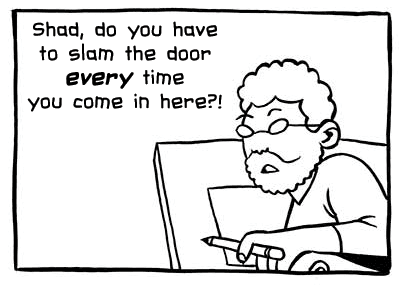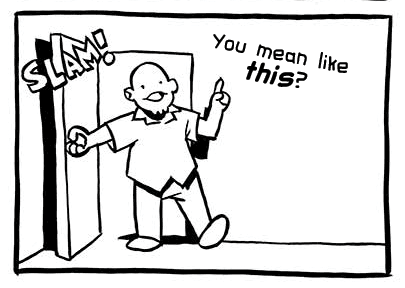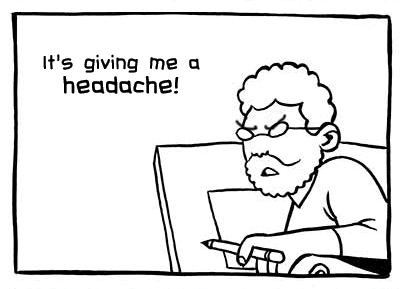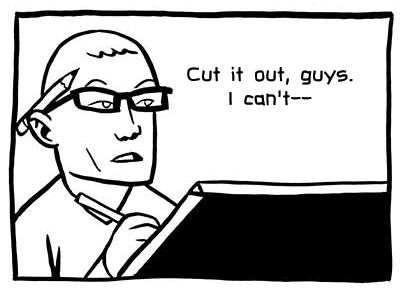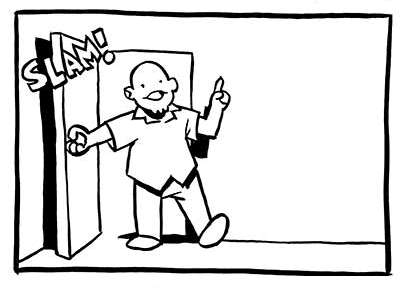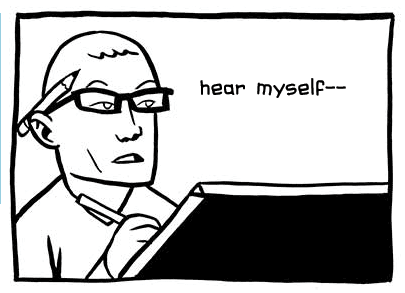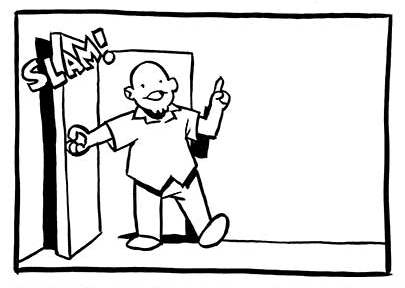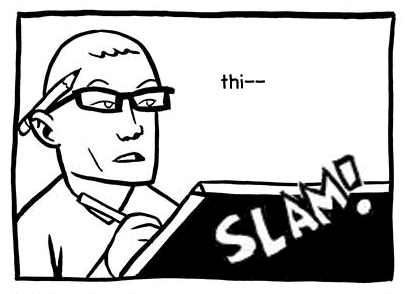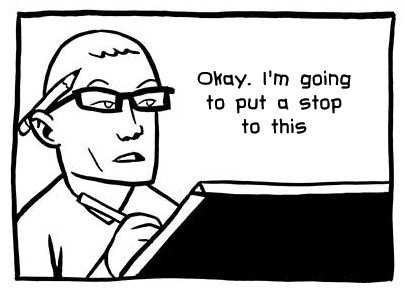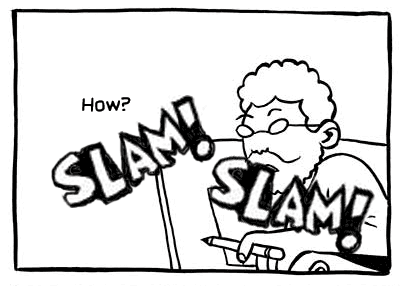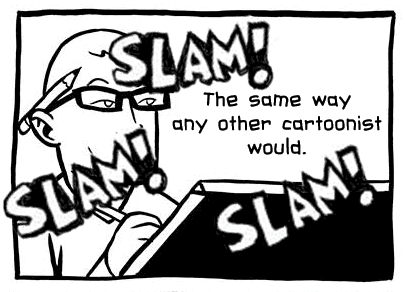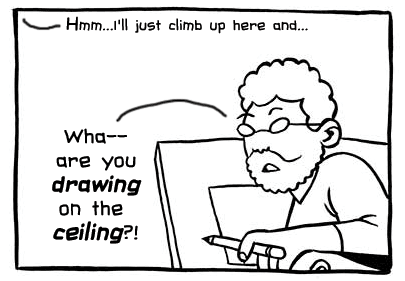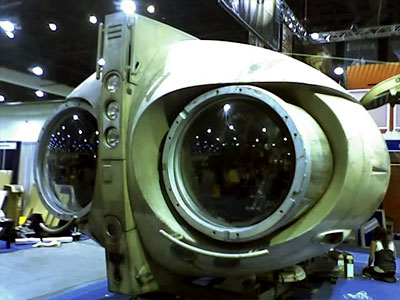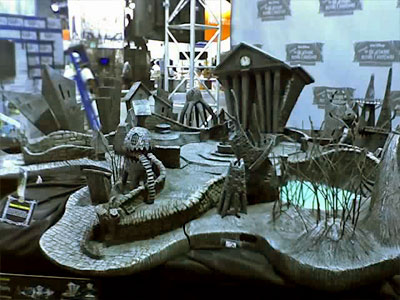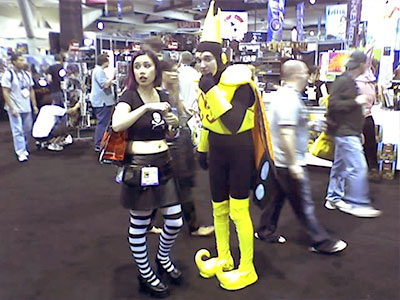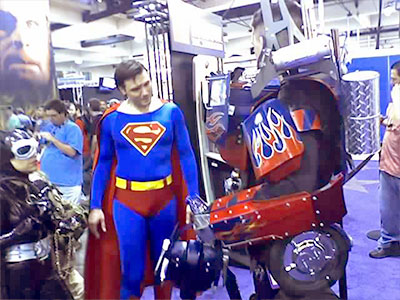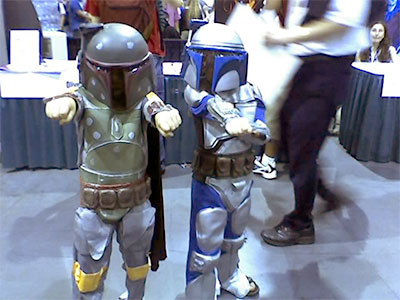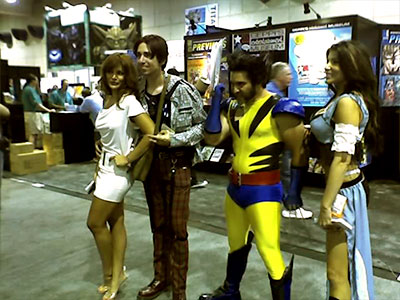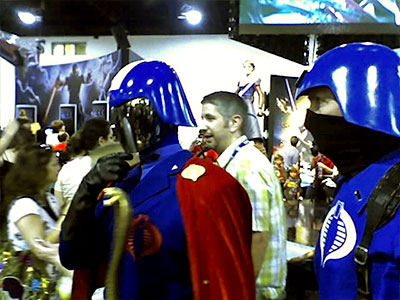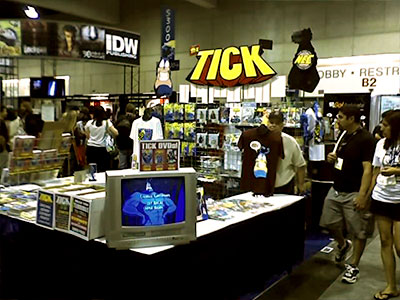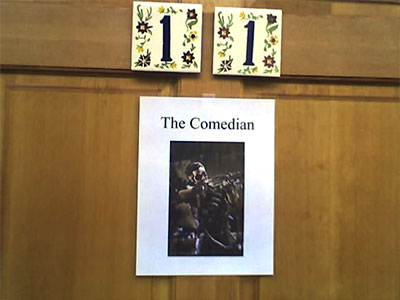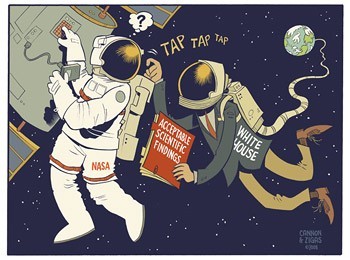Being a creative person frequently puts you in the position of critiquing someone else's work, either because you're collaborating, or because you've been asked, or simply because you are part of a group of creators and you're invited to express your opinion here and there. It's easy to go one way or another when criticizing, either becoming a joyless, cynical pedant whose approval is an ever-moving (and possibly imaginary) target, or an airy-fairy omni-acceptor who gets teary-eyed whenever anyone suggests that the undiluted fruits of someone's creative mind are perhaps not up to snuff. Neither is much fun all the time, though the best aspects of each can sometimes come in handy. There are numerous situations you'll find yourself in, criticism-wise, and often you can save yourself a lot of headaches if you keep in mind who, what, when, and how much you are criticizing.
Part I: CollaborationsIn collaborations, the two main times that critiques are solicited (or you think they might be) are in brainstorming sessions and while fine-tuning a concept in readiness to start the work (what I like to call "Nuts and Bolts"). These two sessions are distinct, and it's important to make sure that their purposes are not confused.
Brainstorming: Just Coming Up With IdeasThis is pretty widely known, but DON'T criticize an idea when people are brainstorming. C'mon, you're just throwing things at a wall. You're looking for half-ideas and quarter-ideas that you can sew together later into something halfway decent. So some of the ideas are going to be lame. You think people are coming up with dumb ideas? Then come up with something better. Because if you keep cutting everything down, the room is going to start getting eerily quiet.
For the most part, the reason that brainstorming sessions go awry is not that people don't know that you're not supposed to criticize at a brainstorming session, it's that they aren't aware that this is a brainstorming session. They think that the final answer has to be arrived at by the end of the meeting. This is not productive. If people think you're settling on an idea in this session, they start getting worried. When people get worried, they get critical. So it's good to make a general announcement at the beginning that you're all just brainstorming, and someone's writing down the ideas, and they'll all be digested later. Nothing is decided at the end of the meeting; there are just a bunch of half-ideas and quarter-ideas lying around for someone to figure in the Nuts and Bolts session.
Nuts and Bolts: Filtering Through the Ideas.This is when you can start being critical. If you're getting down to brass tacks, and starting to figure out how something's going to be done, you've probably already narrowed the big ideas down to one or two. This is when ideas start getting implemented if they're approved, so you want to start getting choosy. While in the Brainstorming session, you have only a vague idea of where it's going, here you are thinking about the actual experience someone in your audience is going to have. Now, a key element to this part is that you decide who's doing what. That could mean dividing and subdividing the work into departments so that everyone knows exactly who does what, or it may be as simple as merely defining one person as the "funnel" through which everything goes. Usually this funnel is the person who cares about it the most, and it should definitely be the person who wants to take responsibility for it.
Once the Nuts and Bolts session starts, there should be a moratorium on new ideas that are not basically implementations of existing ideas. This keeps things from becoming disorganized, keeps people's egos from being kicked around, and it keeps the process narrowing down until it gets to the core idea.
This is all tricky stuff, but it's worth it when you create a brainstorming atmosphere in which people are shouting out funny ideas and even the most bizarre, out-there stuff will contribute a germ of an idea that leads somewhere. And when people feel like their ideas are being heard, they bring better and better stuff into the mix.
Labels: Tips and Tricks
